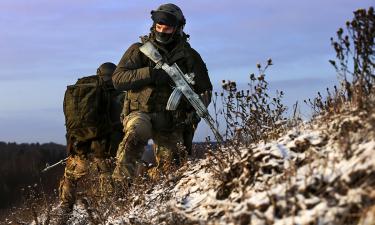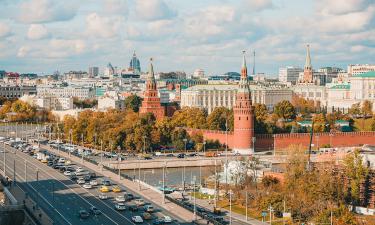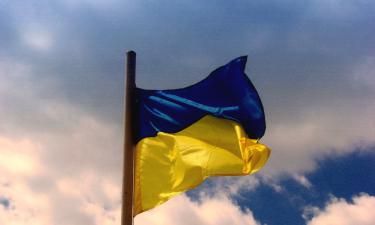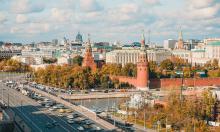Nuclear reactor operators in Japan speed up safety checks after recent quake
Japan's government urged nuclear reactor operators Thursday to accelerate safety checks following a powerful earthquake on the northwest coast that damaged an atomic plant and triggered releases of radioactivity.

In the quake zone, 260 kilometers (160 miles) northwest of Tokyo, residents began clearing away debris as workers in hardhats checked buildings for structural damage from Monday's 6.8-magnitude temblor.
The Kashiwazaki-Kariwa nuclear plant, the world's largest, was ordered shut indefinitely on Wednesday after the operator revealed some 50 problems at the seven-reactor complex, including numerous - though small - releases of radioactivity into the environment.
Chief Cabinet Secretary Yasuhisa Shiozaki urged the operators of Japan's 55 nuclear reactors to speed up safety checks for earthquake-resistance, a top concern in this temblor-prone nation.
"Since there was such a huge earthquake that surpassed our expectations, we need to consider future measures for quake resistance," Shiozaki said. "I asked them to speed up the assessment and check ups wherever possible."
The plant suffered a barrage of troubles in the quake, including a fire, release of radioactivity into the air and water, and the tipping over of drums filled with low-level radioactive waste.
The fire, which blazed for two hours, likely broke out after the quake caused the ground beneath an electric transformer to sink, damaging cables, causing a short circuit and igniting leaked insulation oil, the business daily Nikkei reported, citing a probe by the prefectural government.
The quake has caused trouble for other industries as well. Toyota, Nissan, Honda, Mitsubishi and Fuji Heavy Industries, the maker of Subaru, all halted production because a key parts supplier was damaged by the temblor.
Fears of an electricity shortage in the nation's capital swelled when the plant was shuttered. Operator Tokyo Electric Power Co., Japan's largest utility, was scrambling to ramp up conventional power output.
In the damage zone, residents struggled to put their lives back together, though basic services such as water had not been restored to some areas.
"Until we get gas and water, we can't think about the future. For now, we're just getting by day by day," said Masatoshi Ogawa, sitting in front of his closed pachinko parlor. "Our houses were OK so we didn't have to go to evacuation centers, but life without water is really inconvenient."
TEPCO has warned that the closure of the key nuclear reactor could trigger a power shortage in the summer months. The Tokyo-based company has asked six other power companies in Japan to consider providing emergency electricity to prepare for a surge in demand as people turn up their air conditioners in the summer heat.
Though Japan is one of the world's most earthquake-prone countries, officials at the plant admitted that they had not foreseen such a powerful temblor hitting the facility.
TEPCO has had problems like this before. In 2003, TEPCO was forced to halt all of its 17 nuclear reactors after admitting it had misreported safety problems in the late 1980s and early 1990s.
A trade ministry report revealed 29 cases of cracks or minor structural damage in eight of the company's nuclear reactors, including two reactors at Kashiwazaki-Kariwa. The company's top three officials resigned over the scandal, and authorities raided its Tokyo headquarters. TEPCO contended the cracks never posed any serious danger.
The last of TEPCO's shuttered reactors was cleared to reopen only in July 2005.
Subscribe to Pravda.Ru Telegram channel, Facebook, RSS!





